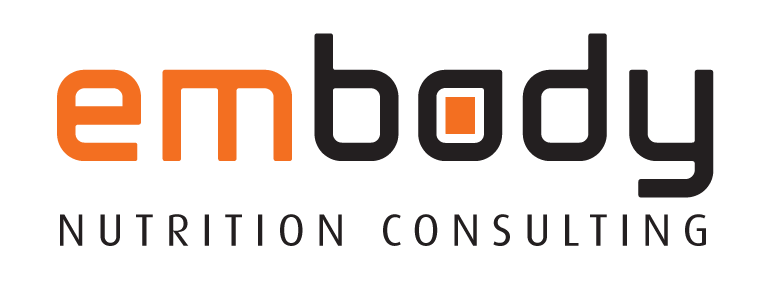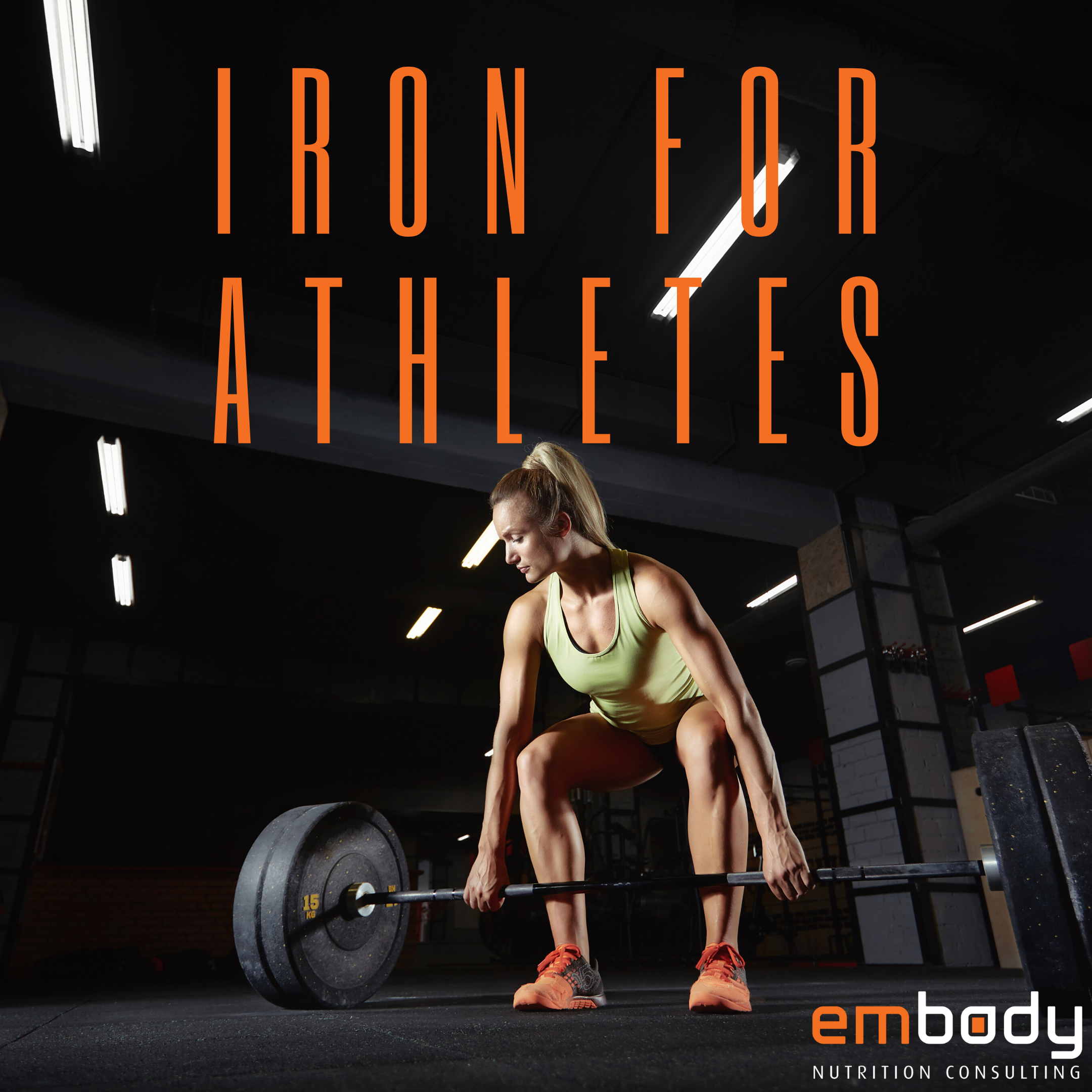Iron is a key mineral for performance in athletes, yet iron deficiencies are widespread.
Iron has several roles in the body, including:
- Transport / delivery of oxygen (e.g. to your working muscles)
- Energy production
- Cognitive function
- Immune function
Athletes are at a greater risk of being iron-deficient, especially female athletes, with up to 35% deficient in the mineral.
The increased incidence is likely in part due to the inflammatory response that arises post-exercise, which decreases the body’s ability to absorb iron for the following 3-6 hours. The inflammation increases levels of a hormone called ‘hepcidin’, which is key for regulating iron absorption. When levels increase, iron transport and absorption is decreased. There is also increased iron loss from exercise due to hemolysis (destruction of red blood cells), sweating and bleeding in the gut.
How do you know if you’re iron deficient?
Symptoms include:
- Tiredness
- Lack of energy
- Shortness of breath
- Poor recovery
- Reduced performance*
*Note that there is some debate about the impact of low iron stores on performance in the early stage. But, as stores decline performance is impacted, particularly in aerobic sports.
A blood test is required to confirm iron deficiency. Multiple blood indicators need to be considered – including serum ferritin, haemaglobin and transferrin. These help to identify the stage of iron deficiency, with the most severe stage being iron-deficiency anaemia.
How to keep on top of your iron status?
The body can’t produce iron, thus you need to eat it!
The biggest problem regarding iron is it’s bioavailability (how much we can actually absorb and use).
There are two types – haem and non-haem. Haem iron is more readily absorbed, and includes animal based foods (beef, poultry, seafood, pork). Non-haem iron is less readily absorbed, and includes plant-based foods (e.g. legumes, oats, green veg, dried fruit, nuts, tofu, weet-bix). Haem iron is absorbed at rates 8-10 x greater than non-haem.
Absorption of non-haem iron can be enhanced via:
- Including haem iron with non-haem iron.
- Consuming Vitamin C (e.g. kiwi fruit, capsicum, strawberries, tomatoes) with non-haem iron.
- Not drinking tea/coffee in close proximity to meal times.
Supplementation OR IV injection may be advised to prevent iron stores from declining toward iron deficiency anaemia OR in the case of anaemia – but should only be considered under direction of your GP given associated risks.
It’s a good idea to plan periodic testing of iron status 1-2 x year, particularly if you are female, vegetarian, have a high training volume and are involved in endurance sport.
If you have any concerns about your iron intake or levels, you may like to see one of our Sports Dietitians to help with this. Contact us today for more details.

